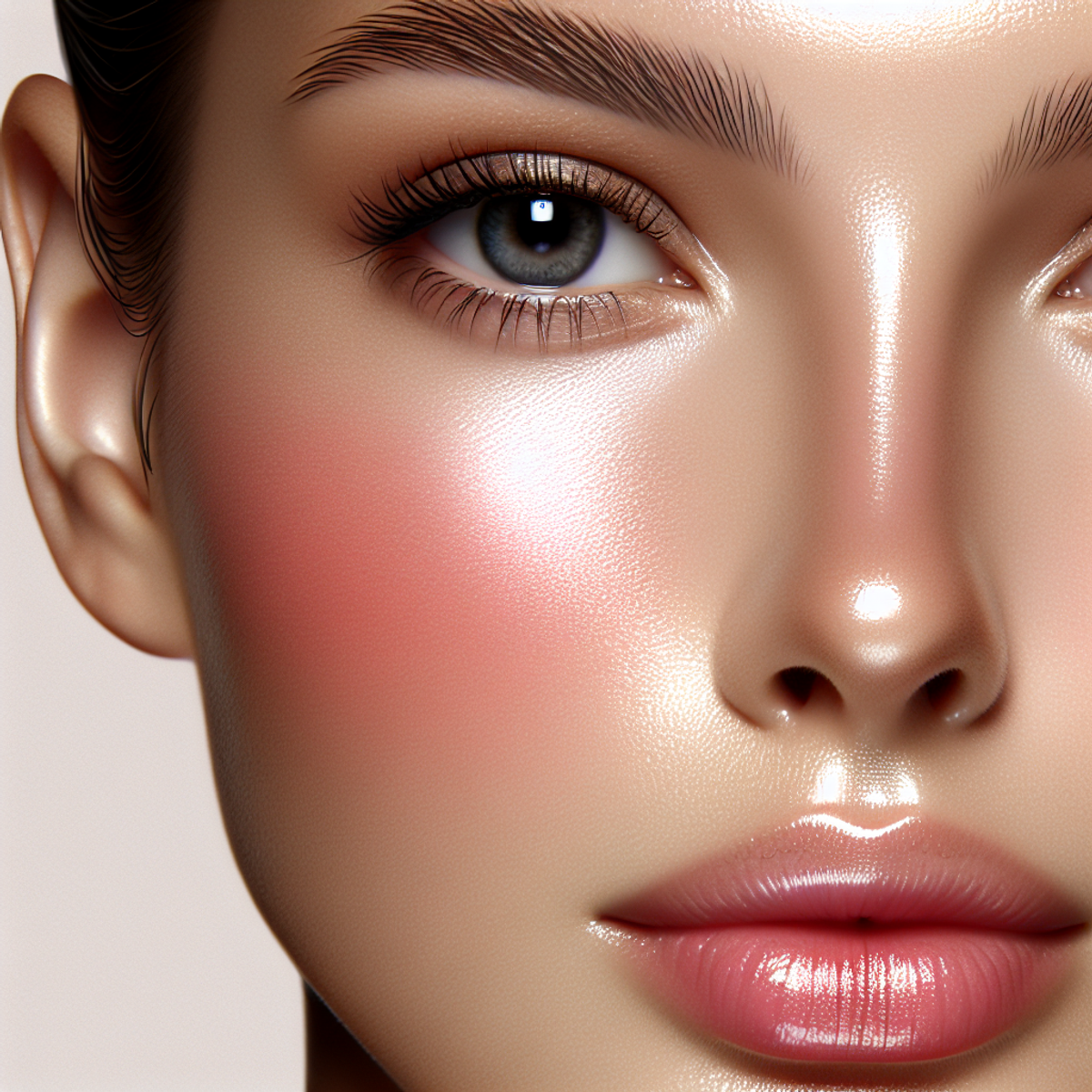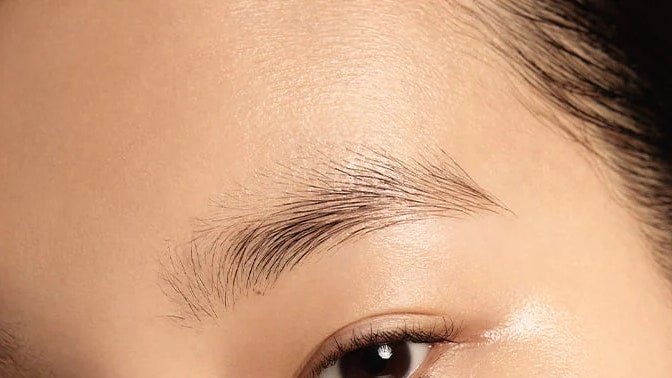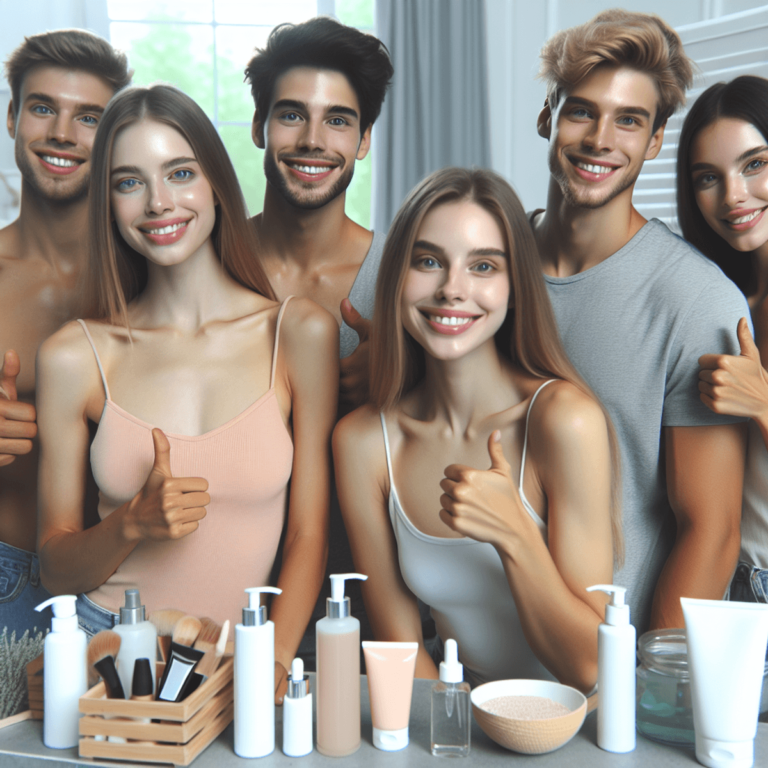How to Get Rid of Redness from Pimples and Acne

Introduction
Pimples and acne often make your skin red, which can be frustrating and embarrassing. The redness is mainly caused by inflammation as your body’s immune system tries to fight the underlying issues. This redness can really affect how you feel about yourself, making you more self-conscious and less confident.
Dealing with the redness from pimples and acne isn’t just about looking better; it’s also important for your skin’s overall health. If left untreated, inflammation can damage your skin in the long run. That’s why it’s crucial to find effective ways to reduce redness. By knowing what causes it and finding targeted solutions, you can successfully get rid of redness caused by pimples and acne. This will not only give you clearer skin but also boost your self-esteem.
Understanding Pimples and Acne
Pimples and acne are common skin conditions that can affect people of all ages. Understanding the underlying causes and different types of pimples and acne is essential for effective management.
Causes of Pimples and Acne:
Pimples and acne can be triggered by various factors, including:
Hormonal fluctuations, especially during puberty, menstruation, or times of increased stress, can lead to an overproduction of oil in the skin’s sebaceous glands, contributing to the development of pimples and acne.
Different Types of Pimples and Acne:
There are several distinct types of pimples and acne, each with its own characteristics:
- Clogged pores: When dead skin cells mix with excess oil, they can block hair follicles, resulting in blackheads or whiteheads.
- Pustules: These are pus-filled lesions that are typically red at the base and contain yellow or white pus.
- Cysts: Deeper and more severe than pustules, cysts are large, painful, inflamed lesions that can cause scarring if not treated promptly.
How Clogged Pores Contribute to Their Formation:
Clogged pores play a central role in the formation of pimples and acne. When the hair follicles become plugged with oil and dead skin cells, it creates an environment where bacteria can thrive, leading to inflammation, redness, and the formation of different types of pimples.
Understanding these aspects of pimples and acne is crucial for developing targeted strategies to address redness and promote overall skin health.
Factors Contributing to Redness in Pimples and Acne
Pimples and acne often come with redness, which can be caused by various factors:
- Role of Hormonal Changes: Fluctuating hormones, especially during puberty, menstruation, pregnancy, or menopause, can increase sebum production and inflammation. This excess oil can make pimples and acne look red.
- Impact of Excess Oil Production: Sebaceous glands produce sebum, an oily substance that helps keep the skin moisturized. But when these glands produce too much oil, it can block pores and create a perfect environment for bacteria to grow. This causes the skin to react with inflammation and appear red.
- Relationship Between Skin Bacteria and Redness: Propionibacterium acnes, a type of bacteria that lives on the skin, plays a part in acne formation. When this bacteria multiplies inside blocked pores, it worsens inflammation and adds to the redness of pimples.
Understanding these factors is important for coming up with effective ways to deal with the redness caused by pimples and acne.
Methods to Reduce Redness from Pimples and Acne
Reducing redness from pimples and acne is important for improving your skin’s appearance and boosting your self-confidence. There are several methods you can try at home to help minimize redness and inflammation. In this section, we will explore two quick home remedies that have been known to be effective:
1. Ice Packs
One of the easiest and most accessible ways to reduce redness and swelling is by using ice packs. The cold temperature helps constrict blood vessels, which can reduce inflammation and redness associated with pimples and acne. Here’s how you can use ice packs:
- Take a clean washcloth or a thin towel and wrap a few ice cubes in it.
- Gently press the ice pack onto the affected area for about 5 minutes.
- Remove the ice pack and let your skin rest for a few minutes.
- Repeat this process as needed throughout the day.
Remember to never apply ice directly to your skin as it can cause damage. Always use a barrier like a cloth or towel to protect your skin.
2. Crushed Aspirin Paste
Another quick remedy for reducing redness is preparing a crushed aspirin paste which has been known to be effective in treating acne. Aspirin contains salicylic acid, which has anti-inflammatory properties that can help calm irritated skin. Follow these steps to make and apply the paste:
- Crush one or two uncoated aspirin tablets into a fine powder.
- Mix the crushed aspirin with a few drops of water to form a paste.
- Apply the paste directly onto the affected areas using clean fingertips or a cotton swab.
- Leave it on for about 10 minutes before rinsing off with lukewarm water.
- You can repeat this process once or twice a day.
It’s important to note that aspirin should not be used if you have an allergy to it or if you are taking other medications that may interact with it. If you have any concerns, it’s best to consult with a healthcare professional before trying this remedy.
These quick home remedies can provide temporary relief from redness and inflammation. However, they may not work for everyone or in all situations. If you find that your redness persists or worsens, it’s advisable to seek advice from a dermatologist for further evaluation and guidance.
In addition to these remedies, certain home remedies for insect bites and stings might also be beneficial in managing the discomfort and inflammation caused by insect bites or stings. It’s always useful to have a range of home remedies at hand for different skin issues.
2. Over-the-Counter Solutions
When it comes to reducing redness from pimples and acne, over-the-counter spot treatments can be effective solutions. Look for products containing salicylic acid or benzoyl peroxide, as these ingredients are known for their ability to combat acne-related redness effectively. Salicylic acid works by unclogging pores and reducing inflammation, while benzoyl peroxide helps to kill acne-causing bacteria and remove excess oil and dead skin cells.
Here are some key points to consider when using over-the-counter solutions:
- Salicylic Acid: This beta hydroxy acid is known for its exfoliating properties, helping to remove dead skin cells and prevent clogged pores. It also has anti-inflammatory effects, which can help reduce redness and swelling associated with pimples and acne.
- Benzoyl Peroxide: As an antibacterial agent, benzoyl peroxide targets the bacteria that contribute to acne formation. By keeping the pores clear of bacteria and oil buildup, it can aid in minimizing redness and preventing future breakouts.
When incorporating over-the-counter treatments into your skincare routine, it’s essential to follow the product instructions carefully and be consistent with application. Additionally, consider conducting a patch test before using a new product to ensure compatibility with your skin.
By including these targeted treatments in your skincare regimen, you can address redness associated with pimples and acne more effectively, promoting clearer and healthier-looking skin.
Incorporating Skincare and Lifestyle Changes
When it comes to addressing redness from pimples and acne, incorporating skincare and lifestyle changes can play a crucial role in reducing inflammation and promoting overall skin health. Here are some key strategies you can try:
1. Benefits of using makeup with salicylic acid for coverage and treatment of redness
Look for makeup products that contain salicylic acid, as this ingredient not only provides coverage but also helps to treat acne. Salicylic acid works by exfoliating the skin, unclogging pores, and reducing inflammation. By incorporating this type of makeup into your routine, you can effectively camouflage redness while simultaneously working to improve the condition of your skin.
2. Incorporating ice packs into skincare routine to prevent redness
Ice packs can be a simple yet effective way to reduce redness and swelling caused by pimples and acne. Applying a cold compress or ice pack to the affected area constricts blood vessels, which helps to reduce inflammation and soothe irritated skin. Consider incorporating this step into your skincare routine by gently pressing an ice pack onto the affected areas for a few minutes each day.
3. Importance of using lightweight, noncomedogenic moisturizers to avoid skin dryness and irritation
Moisturizing is an essential step in any skincare routine, even if you have oily or acne-prone skin. However, it’s crucial to choose a lightweight moisturizer that won’t clog your pores or exacerbate redness. Look for noncomedogenic products specifically formulated for acne-prone skin. These moisturizers provide hydration without leaving a greasy residue and help maintain the skin’s natural moisture barrier.
By incorporating these skincare and lifestyle changes into your daily routine, you can address redness from pimples and acne effectively. Remember to be consistent with your approach and give your skin time to adjust to any new products or techniques you introduce. Combining these strategies with other methods discussed earlier can provide comprehensive care for your skin and promote a clearer, more even complexion.
Seeking Advanced Treatment Options
When it comes to advanced treatment options for reducing redness from pimples and acne, seeking a dermatologist consultation can provide valuable insights and personalized recommendations tailored to your specific skin concerns. Here are some advanced treatment options to consider:
1. Niacinamide (Vitamin B3) for Reducing Inflammation
Niacinamide, also known as Vitamin B3, has gained popularity in the skincare world for its remarkable ability to reduce acne inflammation and redness. This potent ingredient possesses anti-inflammatory properties that can help calm irritated skin, making it an effective solution for minimizing the redness associated with acne breakouts.
Incorporating products containing niacinamide into your skincare routine can offer targeted relief for redness and inflammation. Look for serums, moisturizers, or spot treatments formulated with niacinamide to harness its soothing benefits. Some recommended products containing niacinamide include:
- The Ordinary Niacinamide 10% + Zinc 1%
- Paula’s Choice 10% Niacinamide Booster
- CeraVe PM Facial Moisturizing Lotion
By integrating niacinamide into your daily skincare regimen, you can take proactive steps to address redness and promote overall skin health.
Remember, while these advanced treatment options can be beneficial, it’s essential to consult with a dermatologist to determine the most suitable approach for your unique skin concerns. With their expertise, you can receive personalized guidance on incorporating these advanced treatments effectively.
By exploring advanced treatment options such as niacinamide and leveraging professional expertise through a dermatologist consultation, you can empower yourself with effective strategies for combating redness from pimples and acne.
2. Salicylic Acid Peeling Agents
Salicylic acid peeling agents are effective in reducing redness and inflammation in blemishes. They work by exfoliating the skin, unclogging pores, and reducing excess oil production. When used as a peeling agent, salicylic acid can penetrate the pores to remove impurities and calm irritated skin, leading to a reduction in redness and swelling.
Guidelines for Proper Usage and Precautions
To ensure safe and effective use of salicylic acid peeling agents, here are some guidelines to follow:
- Consultation with a Dermatologist: Before incorporating salicylic acid peeling agents into your skincare routine, it is advisable to consult a dermatologist. They can assess your skin type, existing conditions, and recommend the appropriate concentration and frequency of use.
- Gradual Introduction: Start with a lower concentration of salicylic acid and gradually increase as tolerated by your skin. This approach helps minimize the risk of irritation or excessive dryness.
- Sun Protection: Salicylic acid can increase skin sensitivity to the sun. It is crucial to use sunscreen daily to protect your skin from UV damage while using peeling agents containing salicylic acid.
- Avoid Overuse: Overusing salicylic acid peeling agents can lead to excessive dryness, redness, and irritation. Adhering to the recommended application frequency is essential for achieving the desired results without compromising skin health.
By following these guidelines for proper usage and taking necessary precautions, you can effectively harness the benefits of salicylic acid peeling agents for redness reduction and inflammation without causing harm to your skin.
3. Pimple Patches with Active Ingredients
Pimple patches are a popular skincare solution that can help minimize the appearance of pimples and reduce redness. These patches are typically transparent stickers that adhere to the skin, creating a protective barrier that prevents further irritation and contamination from external factors. Packed with active ingredients like salicylic acid, niacinamide, and vitamin C, pimple patches offer targeted treatment for individual blemishes.
Key Benefits of Using Pimple Patches
- Spot Treatment: Pimple patches deliver concentrated ingredients directly to the affected area, providing localized treatment for pimples. The active ingredients in these patches work to reduce inflammation, unclog pores, and promote healing.
- Redness Reduction: Pimple patches with active ingredients like salicylic acid and niacinamide help to minimize redness associated with pimples. Salicylic acid exfoliates the skin, removing dead cells and reducing redness, while niacinamide helps soothe inflammation and improve the overall appearance of the skin.
- Protection: Pimple patches create a physical barrier between the pimple and external factors like dirt, bacteria, and makeup. By shielding the pimple from these irritants, the patch helps promote faster healing and prevents further infection.
- Convenience: Pimple patches are easy to use and can be worn throughout the day or overnight. They are discreet and virtually invisible on the skin, allowing you to go about your daily activities without drawing attention to your blemishes.
Tips for Using Pimple Patches
When using pimple patches, it’s important to follow the instructions provided by the manufacturer. Here are a few general tips:
- Cleanse and dry the affected area before applying the patch.
- Gently place the patch over the pimple, ensuring it adheres securely.
- Leave the patch on for the recommended duration (usually several hours or overnight).
- Remove the patch carefully, starting from the edges, to avoid any additional irritation.
While pimple patches can be effective in reducing redness and promoting healing, it’s important to note that they may not work for all types of pimples or acne. If you’re experiencing severe or persistent acne, it’s advisable to seek professional help from a dermatologist who can provide personalized advice and treatment options.
Pimple patches with active ingredients like salicylic acid, niacinamide, and vitamin C can be a valuable addition to your skincare routine. They offer targeted treatment for individual pimples, helping to minimize their appearance and reduce redness.
Conclusion
You now have a range of effective methods to combat redness caused by pimples and acne. Whether through quick home remedies, over-the-counter solutions, skincare and lifestyle changes, or advanced treatment options, there are numerous approaches to explore. By taking proactive steps and experimenting with these strategies, you can effectively minimize redness and regain confidence in your skin’s appearance. Don’t hesitate to try out different methods and find what works best for you in your journey to get rid of redness from pimples and acne.










